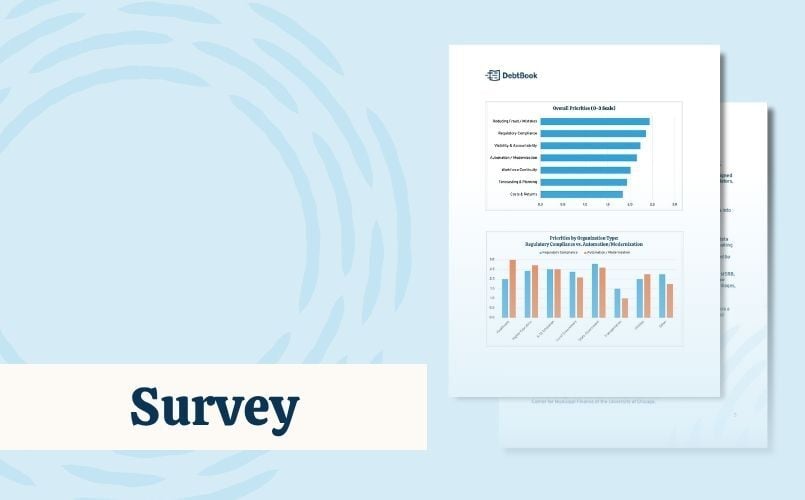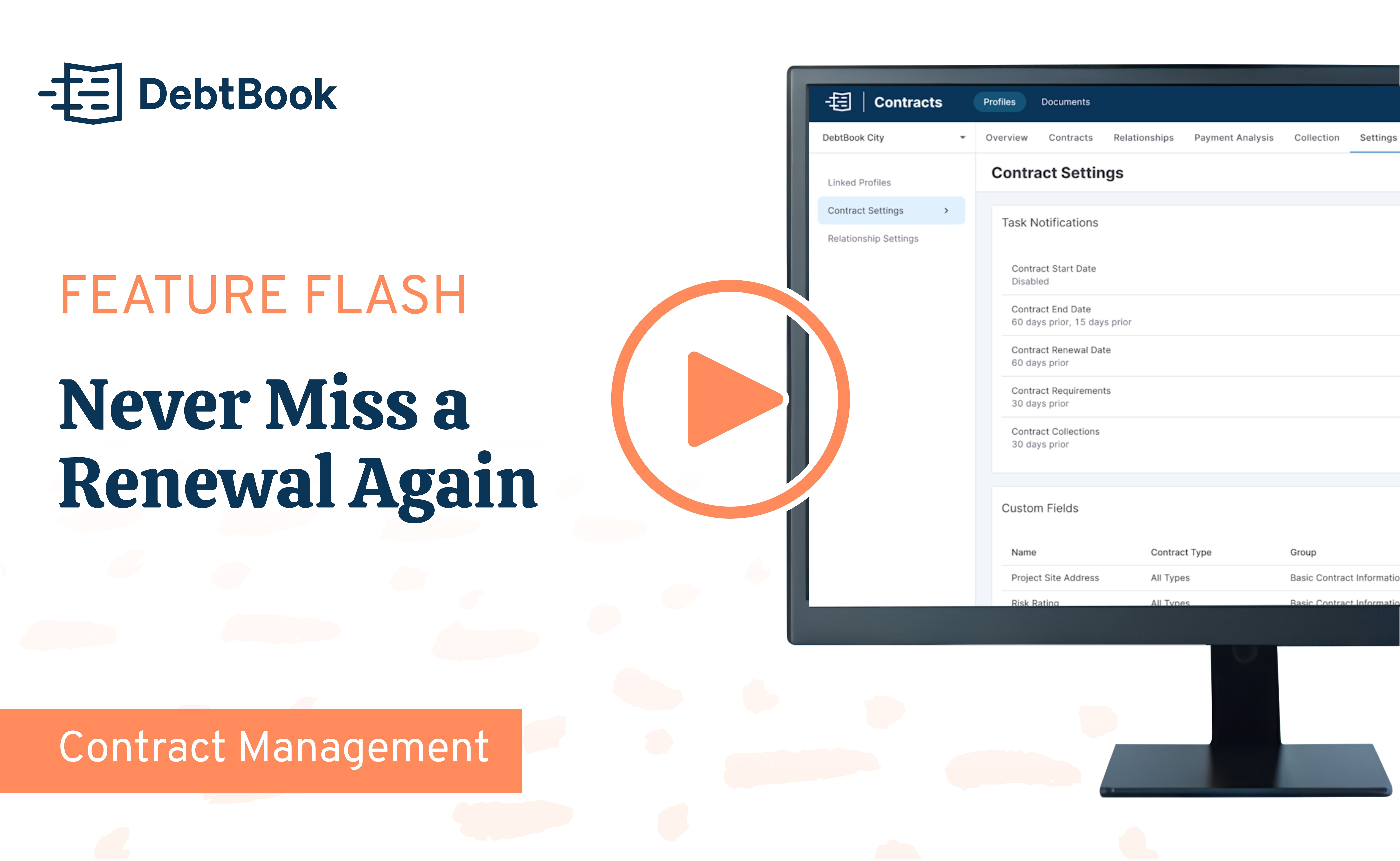As the deadline to comply with GASB 87 approaches, you may feel overwhelmed trying to understand and implement the changes and regulations.
Perhaps it seems easier to just assume your organization does not have any leases that are subject to GASB 87 requirements. However, you may be surprised to learn that even contracts such as a handful of copier leases are still subject to the GASB 87 standards.
Read ahead to identify if you have a lease type that would follow under GASB 87.
Getting Started: Defining a Lease
Under GASB 87, the definition of a lease will include control of a nonfinancial asset.
GASB 87 defines a lease as a “contract that conveys control of the right to use another entity’s nonfinancial asset (the underlying asset) as specified in the contract for a period of time in an exchange or exchange-like transaction.”
To determine whether control exists, your organization should assess whether it has both the ability and rights to use the asset. You should also consider the nature of the asset and how it will be used.
Examples of nonfinancial assets include land, equipment, buildings, and vehicles, among others.
Further GASB 87 Understanding: 3 Key Categories
GASB 87 will group contracts into three buckets 1) short-term leases, 2) contracts that transfer ownership, and 3) leases (a catchall for all remaining leases of nonfinancial assets).
Prior to GASB 87, leases were classified as either “operating” or “capital,” based on a four-factor test, but this classification is no longer relevant under GASB 87.
For instance, lease-to-own agreements where ownership was transferred at the end of the lease are now classified as debt. Leases that transfer ownership but have termination options are still classified as leases under GASB 87.
Furthermore, a lease with a term of 12 months or less, including extension options regardless of their reasonable certainty of being exercised, is considered a short-term lease and should be expensed.
Let’s break it down.
Short-term leases
“Short-term leases” are defined as leases that have a maximum possible term of 12 months or less, including any options to extend, regardless of their probability of being exercised.
For example, leases that are month-to-month are considered short-term.
Short-term leases do not require disclosure and have a lease payment schedule rather than the lease asset/liability or lease receivable/deferred inflow of resources schedules.
Contracts that transfer ownership
“Contracts that transfer ownership” are defined as contracts that transfer ownership of the underlying asset to the lessee by the end of the contract.
To qualify for this category, a contract cannot contain any termination options, and if it contains a fiscal funding or cancelation clause, there must be reasonable certainty that it will not be exercised.
These types of contracts are considered debt instruments that are disclosed as part of the debt disclosure.
All other leases
Any agreement that doesn’t qualify as a short-term lease or ownership transfer contract will fall into this category, with implications for both lessees and lessors.
- Lessees — Lessees have the right to use the asset, provided they meet the terms spelled out in the lease contract. Lessees must calculate lease assets and lease liabilities for their lease contracts and record those figures on the face of their financial statements. To determine your lease liability, you will need to calculate the present value of the total lease payments, including fixed payments and some types of variable payments, you expect to make within the lease term.
- Lessors — A lessor owns the asset(s) in question (such as a vehicle, server, or building) and leases it out to the lessee. Because the lessor retains ownership of the asset, custody generally reverts to them at the conclusion of the lease term. Lessors will calculate lease receivables and deferred inflows of resources and note those figures on their financial statements. The lessor must continue to depreciate the underlying asset, based on its carrying value as of the lease commencement date. To determine the lease receivable, calculate the payments you anticipate receiving over the course of the lease term, discounted by the interest rate charged to the lessee.
Final Steps: Analyzing Your Leases
Now that you understand the different lease classifications under GASB 87, you need to evaluate your organization’s contracts to determine if and how they may fall into the categories defined above.
One common question we get at DebtBook is around materiality.
The GASB standard requires that organizations must measure materiality based on aggregate materiality. For instance, the guidelines above may lead you to believe that your individual copier leases don’t fit the standards, but if, for example, you have several dozen copier leases all together, the aggregate materiality principle comes into play and they would likely be subject to GASB 87 compliance.
Aggregate materiality most often affects copier and vehicle leases – even if your agreements are separate leases and have separate schedules, you must group liabilities together to find the material value.
It is also important to look at your Service Agreement contracts and scan for any embedded leases - or right to use an underlying asset as part of a larger agreement.
There are several questions that can help with identifying whether or not there is an embedded lease in a contract.
- Does the contract talk about a physical asset that you do not own (even if it doesn’t list one specifically)?
- Do you obtain all of the benefits from the asset for a period of time?
- Do you get to determine the way the asset gets used?
- Is money or other fair value exchanged as part of the contract?
If the answer to these questions is “Yes”, then you have an embedded lease that has to be accounted for using GASB 87 requirements.
Here are some common governmental contract types where GASB 87 will likely apply:
- Real Estate Leases
- Vehicle Leases
- Copier Leases
- Heavy Equipment Leases
- Land leases
- Hangar leases
If your organization has an existing lease portfolio, you will need to reclassify your leases under the new GASB 87 rules.
Depending on the size of your organization, this could be a very time-consuming process. GASB 87 lease management software can significantly ease the workload by helping your finance team collect and track lease obligations, organize and extract data from the documents, and automatically classify the leases.
Click here to learn how you can implement GASB 87 with ongoing compliance made easy.
Disclaimer: DebtBook does not provide professional services or advice. DebtBook has prepared these materials for general informational and educational purposes, which means we have not tailored the information to your specific circumstances. Please consult your professional advisors before taking action based on any information in these materials. Any use of this information is solely at your own risk.







.jpg)
